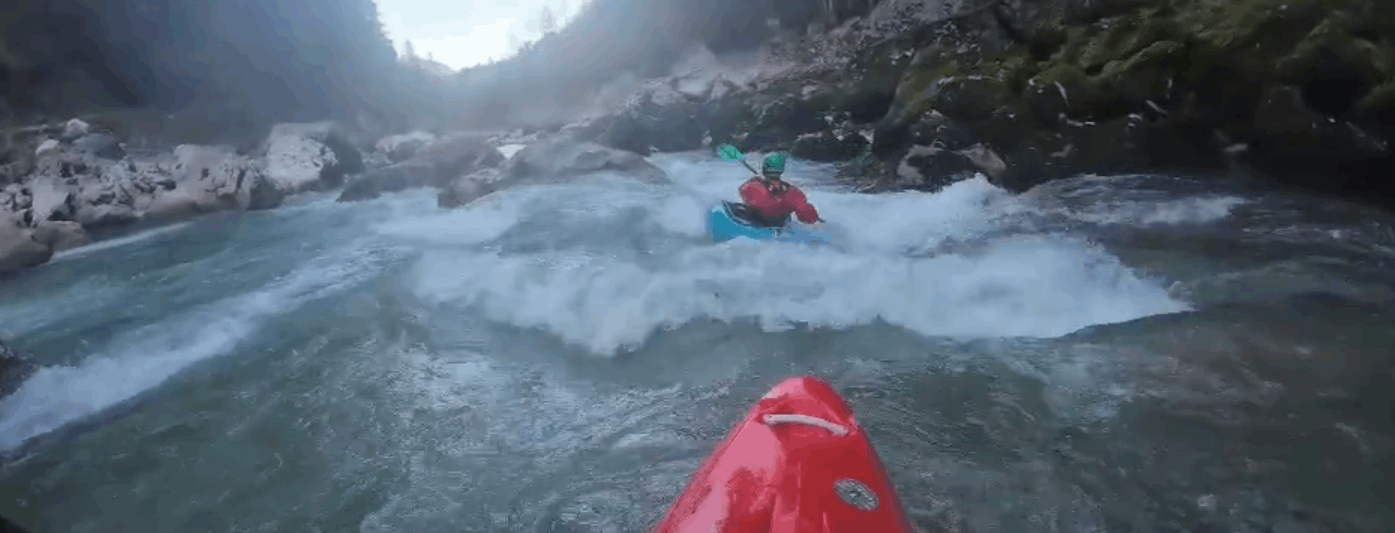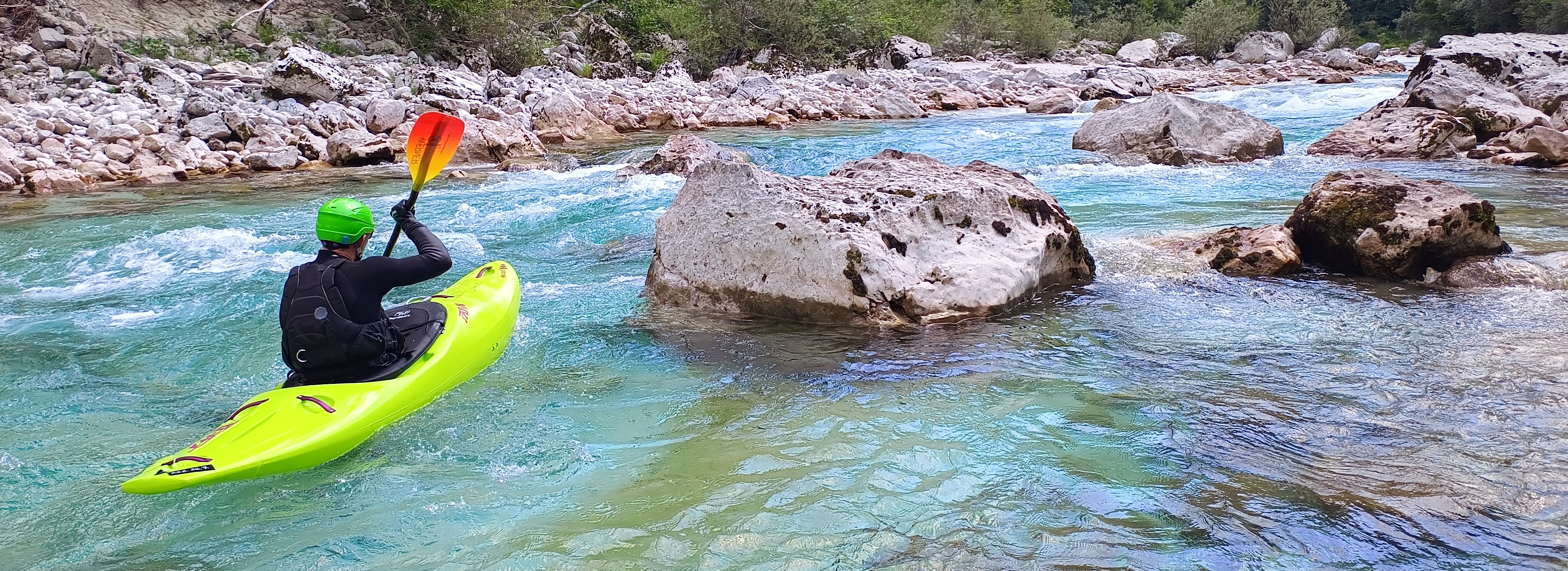
General Ideas To Keep In Mind
Click to see content:
Key Points:
Think about:
Turning:
River Directions:
Basic Techniques
Crossing the river, facing upstream Executing a turn or change of sides when ferrying Leaving an eddy and entering the current Leaving the current and landing in the slower, recirculating water (eddy)Click to see content:
Ferrying
Key Points:
- Moderate angle (~20) deg to waterflow
- Watch seamlines
- Use stern draws/pries to keep on track - pull your tail to the paddle
- Control your edges - keep close to flat - perhaps slightly leaned downstream
Ferry Turn
Key Points:
- When Ferrying...
- One sweep on downstream side to initiate
- Sweep torso around dynamically and look downstream to the other side - changing edging
- Use a bow draw to pull yourself around
Peel Out
Key Points:
- Get some power strokes in pointing upstream while in the eddy
- To Ferry:
- Leave eddy with slight edging leaning downstream
- Transition to downstream-side only strokes or continue with power strokes
- Flatten out boat
- To head downstream:
- Make a sweep stroke on the upstream / shore-side to initiate turn downstream right when heading over eddy line
- Plant a draw stroke vertically and slightly behind the cockpit and use the draw to sail you where you want to go
Eddy Out / Pivot Turn
Key Points:
- Look at end target
- Don't necessarily aim for uppermost portion of eddy - if recirculating eddy or waiting for others get towards rear
- Use stern draw stroke to pick-up speed
- At last second before entering - perform sweep on downstream side to initiate
- Perform Pivot-Stroke / C-Stroke (middle draw, feather to bow draw, power stroke) when you have landed
- Don't place pivot stroke too soon (in moving water)
- Keep boat flat when pivot stroke has started so that it can glide easiest
- Lean to inside of turn
- Edge tail in to bite-in - to stop more quickly
Tighter Eddy-Outs
Less Tight Eddy-Outs
Getting out of a hole
Key Points:
- know where you can get out
- patiently use pries to get there
- keep pries / braces as low as possible to protect shoulders
Boof
Key Points:
- Edging
- Sitting on one butt cheek
- Stroke
- Ab tension is critical - keep lower abs very tight
- Dont lean forward or pull (leads to you being in back seat / losing ab tension)
- Downstream Side Plant
- Vertical Paddle Stroke - near hips
- Non-power hand crosses the body completely
- Use some follow-through but without hinging body
Basic Boof
Core of Boof - Near body plant + tensioned body
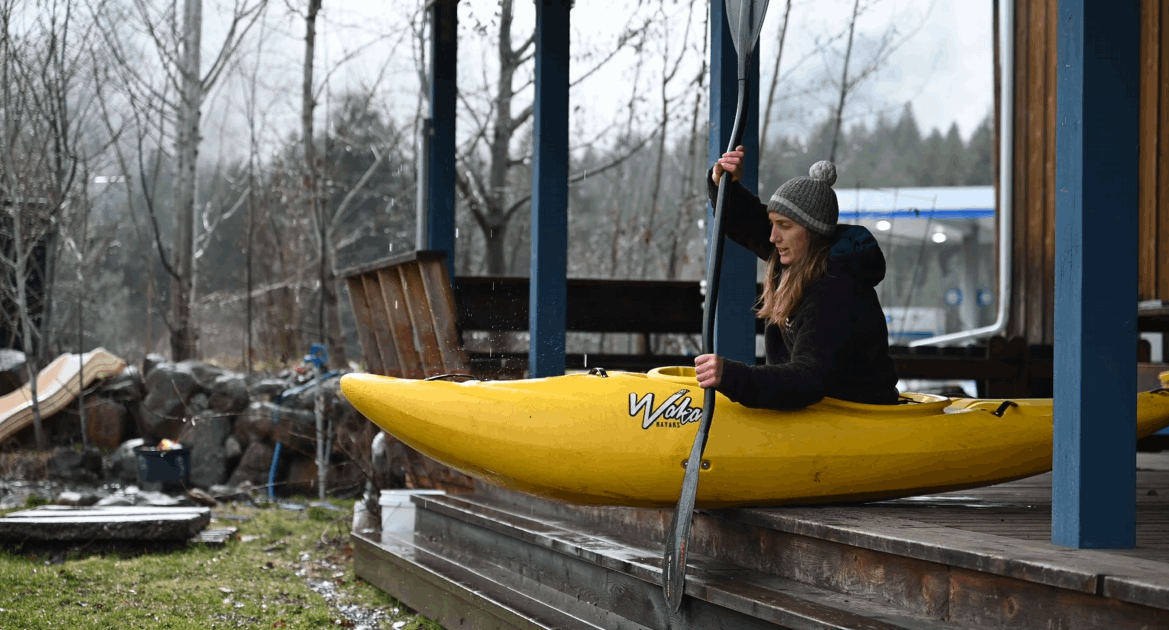
Boof Exercise on floor or in chair
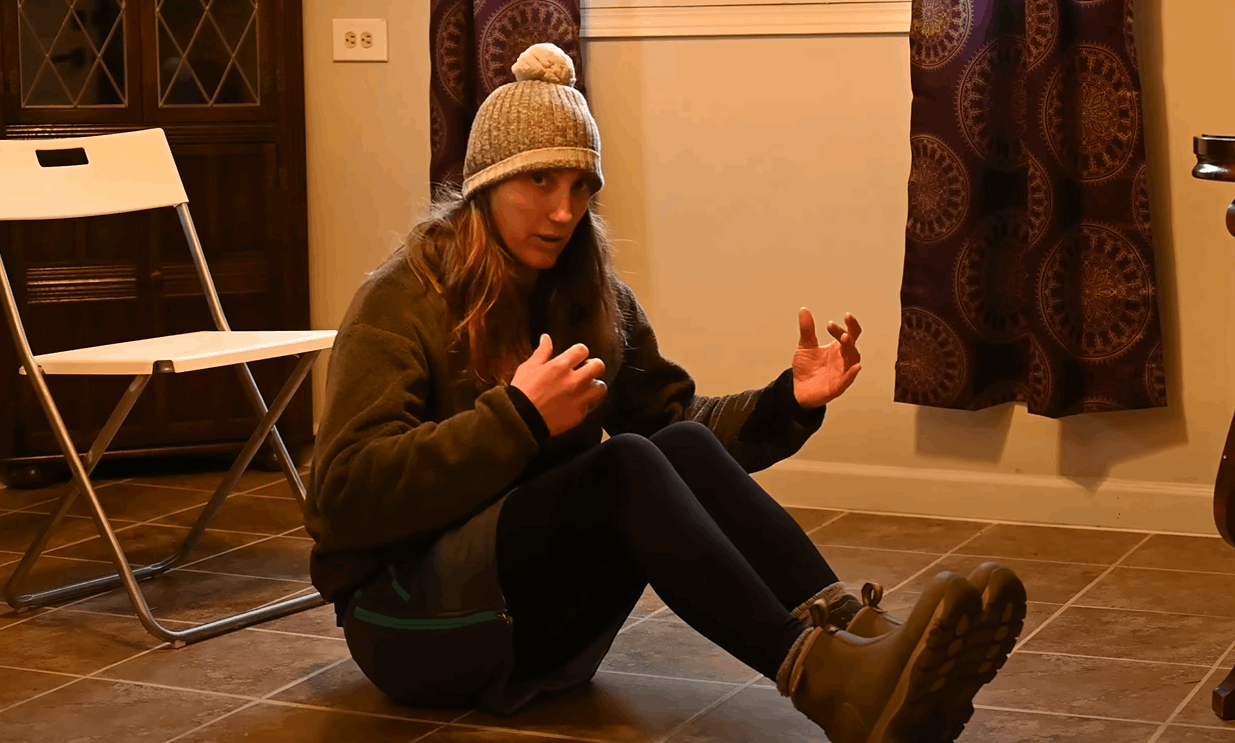
Lean Boof
Pivot Turn / Squirt (You need a half-slice)
Strokes
Forward Stroke - Basic Draw Stroke - Basic Draw Stroke - Basic - Test Bow Draw for Pivot Turn Bow Draw / Slalom Pivot Turn Slip Stroke - Basic T Stroke / Active Draw - Basic Sculling Draw - Basic Forward Sweep - Basic Reverse Sweep - BasicClick to see content:
Key Points:
- The pivot point of the boat is actually where water is building up around the boat (often in the front)- the wake
- Keep hands very loose on the paddle
- For driving straight:
- try to lean forward and use your shoulders / torso more
- try to avoid paddling too far past mid point - this contributes to turning
- Don't punch front hand too far at end of stroke - use more torso instead
- For turning or sweep strokes:
- try to engage lower body for movement vs through pushing the paddle
- stern draw
- normally used to limit spin in kayak
- go wide with stroke
- punch front hand over midline of boat
- Bow draw -
- used to redirect momentum
- Don't let bow draw become hanging draw
Basic Strokes
Forward Stroke
Draw Stroke
Sweep Stroke
Compound Strokes
C-Stroke
Offside C-Stroke
Reverse Compound -Stroke
Braces
Click to see content:
Low Brace
High Brace
Elbows under the paddle
Arms in the box
Sculling Brace
Brace Correction
Braces under Water - Exercise
Sustained Brace - Exercise
Deep Brace - Exercise
Rolls
low brace sculling high brace fall half under water and snap out (brace) fall fully under water and snap out (c-c) do a c-c roll - going underwater in setup do a c-c roll - going underwater in odd positions fall fully under water - scull up to snap fall fully under water - feather up to snap normal backdeck modified backdeck static backdeck backdeck recovery (one side only) do complete exercises on offsideClick to see content:
Tips for a bombproof roll:
- Attempt First In Simpler Situations
- Then In Whitewater
- Modified Backdeck Roll For Shallow Situations
- Stay Low-Profile When Heading Underwater
- If Bracing Fails - Commit To Roll Or Sustained Brace/Deep Brace
- Feeling For Pressure of On Water and paddle To Know When To Hip Snap
- Hip Snap Is The Most Important Part Of The Roll - it rolls the boat
- It Isnt About Sweeping The Paddle Through The Water But Using The Paddle To Support Hip Snap
- Keep Head Low (Forward / Side / Or Back) - comes up last
- Looking At Your Paddle Until Upright and Recovered Can Help
- Learn Roll On Both Sides And From All Positions
- Use Momentum From Failed Roll Attempt to Roll Up On Other Side
- Use Floatie (without paddle) to practice hip snap (requires you to limit pressure created with upper body) - slowly use less pressure
- Rolling in a hole - try to roll up on downstream side - feel for water pressure on you / the paddle and use it to your advantage
Standard Rolls
C-C Roll
Sweep Roll
Backdeck Roll
Hand Roll - Normal
Hand Roll - Backdeck
Key Points:
- Commit
- Try to kiss backdeck
- Feather blade for push
- Use pressure between hands to get push on water the whole time
- Side of face to water
Modified Backdeck Roll / Screw Roll
Further Roll Variants
C-C No-Setup
Reverse Sweep Roll
Static Backdeck
Bombproofing Roll
Roll - Exercise with Floatie
Roll - Learn Roll On Both Sides And From All Positions
Roll Tip - Use Momentum From Failed Roll Attempts - For Other Side Roll
Test Roll / Hip-snap
Further Exercises
Practicing C-C in Hole - “Window Shading”
Practicing C-C in Hole - “Window Shading” - Lose and Replace Hand
Practicing Screw Roll in Hole - “Window Shading”
Roll Learning Progression - Intermediate
Play
Entering the water with a slide / dropClick to see content:
Seal Launch
Basic Slide - Seal Launch - Seal Launch
Drop Style - Seal Launch
Key Points:
- push with hand and paddle
- Don't lean back (Don't push too hard)
- pull up knees
- push off when at desired angle
- rocker probably helps
- check depth
Fancy Entry
Wave Surf Technique
Key Points:
- Low brace is preferable
- Pick a point to look at for reference - somewhere up stream
- Staying centered
- Edging without paddle - carving
- Don't use forward strokes to turn
- Controlling length of boat on water - long = fast
- Applying brake before we leave when carving toward one side
- Jet Ferry
Carving
Wave Surfing / Carving
Wave Power Position - Carving
Hole Technique
Key Points:
- abc
Side Surf Low Bracing - Hole
Side Surf Negotiation - Forward - Hole
Side Surf Negotiation - Backward - Hole
Spin - Hole
Spin - Hole - Eyes Upstream
Double-Pump Technique
Double-Pump to Front
Double-Pump to Back
Rescue
Should be incredibly simple to retrieve with one hand under stress
Doubling up carried paddle and paddling with both paddles for a brief period.
Or throw the paddle into an eddy - onto soft land Tethered swimmer to rescue other Shortening SlingClick to see content:
Key Points:
- Don't run blind
- Scout hazards, water flows, possible lines, plan B, where to stop
- Rating consequence - easy swim, bruises / cold swim, serious injury, risk of death, certain death.
- Talk, Reach, Throw. Tow, Go (TRTTG) - Go for the low risk options first.
- KISS - Keep it short and simple.
- Nothing a rescuer does should make a victim worse off.
- Person before gear - encourage people to get themselves out of danger first
- If swimmer at bottom of rapid and faced with easy swim, hang on to paddle. if at start of rapid should throw paddle towards shore and swim.
- Throw paddle if needed
- Boats can be nudged into eddys by a kayaker still in a boat
- Always wear solid shoes allowing for scrambling, helping.
- Avoiding strainers is your best best.
- Being aware of your comfort - comfort, adventure, disaster zones
- Make sure you warm up prior to serious paddling
- Control your breathing and stress
- Look where you want to go
- Bring a phone if not in a remote region
- Use float bags in your kayak - ensure they are blown up
- Stay upstream of your boat if swimming
Tough situations
Self Rescue from Broach / water-pressure pin
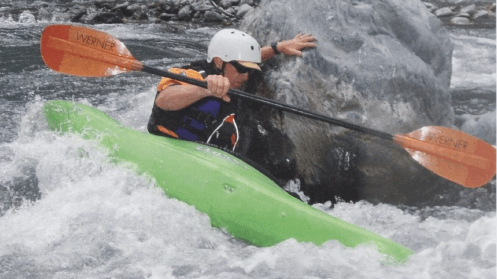
Vertical Pin
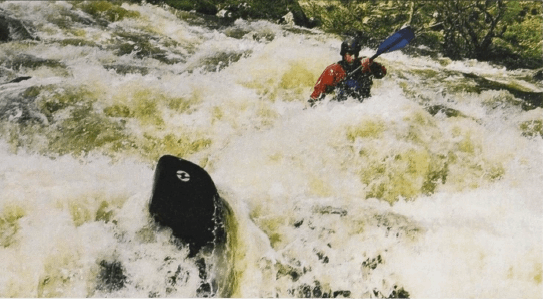
Rescue of others - from on land
Rope Throw - Basic
Key Points:
- Always wear solid shoes for scrambling.
- Keep bag in front of boat with easy access and easy to unclip under stress.
- Positioning yourself - Keep in mind where they will swing to.
- cover the highest risk.
- Throw past person / slightly upsteam of them (things on surface swim faster) - dont want them to grab the sack.
- Hold rope for example with left hand, having rope wrap around your back and your right hand is holding the rope leading to the swimmer.
- Brace yourself (there is a lot of force during a swim).
Receiving throw rope
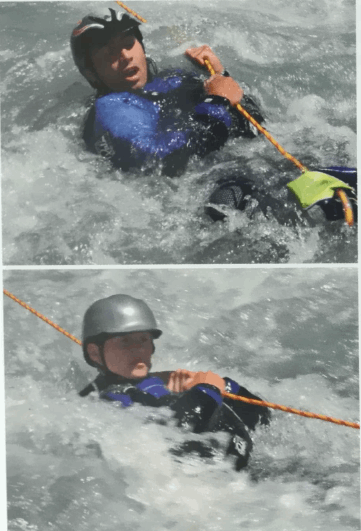
Securing throw rope
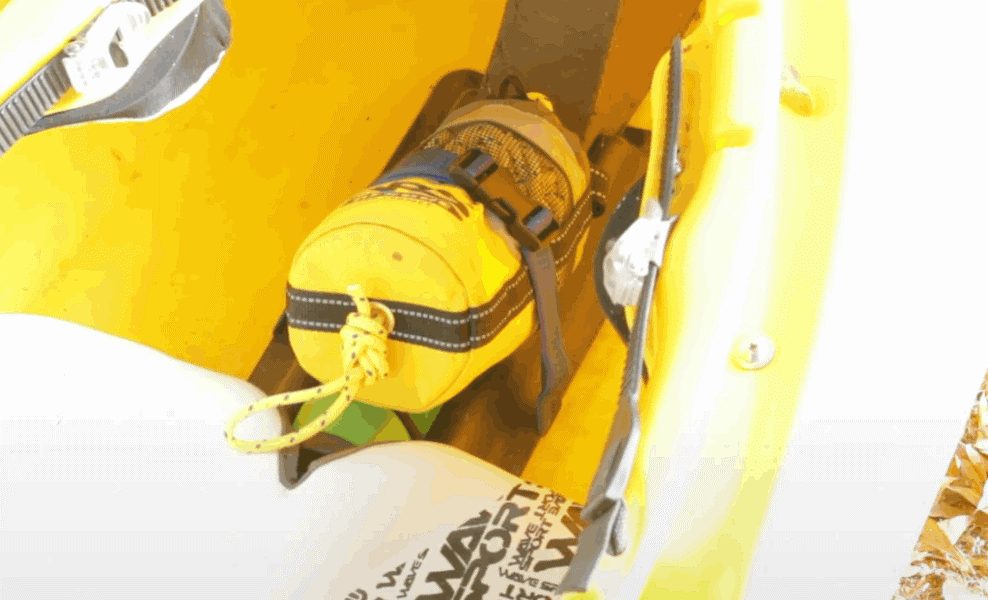
Hand of God - Rescue
Key Points:
- Attempt first in simpler situations
- Paddle alongside
- Drop your paddle in-between
- Grab them securely (leaning over their kayak)
- Pull them upright
T - Rescue
Rescuing Boat
Rescuing A Boat From Others
Deepwater Rescue
Entrapment rescue
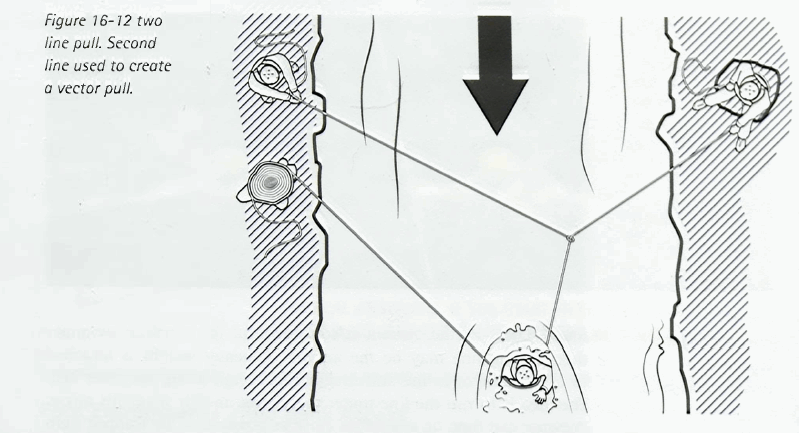
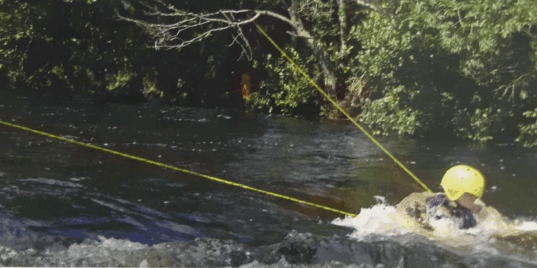
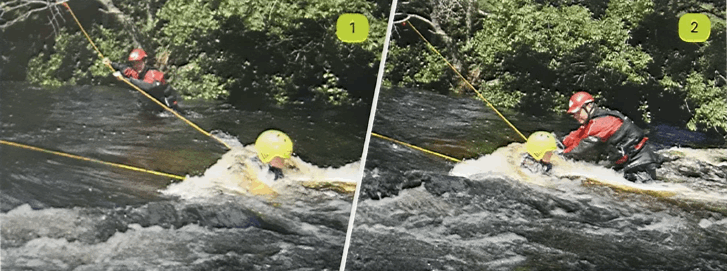
Retrieving Paddle
Swimming
Key Points:
- Stay Defensive if it is shallow
- Swim aggressively if deeper / pool / risk of getting hit by rocks lower
- Curl into ball to sink deeper if dropping into a big wave / hole with big foam pile
Towing Person
Towing Boat
Rescuing Unconcious Person -
Gear
Sling
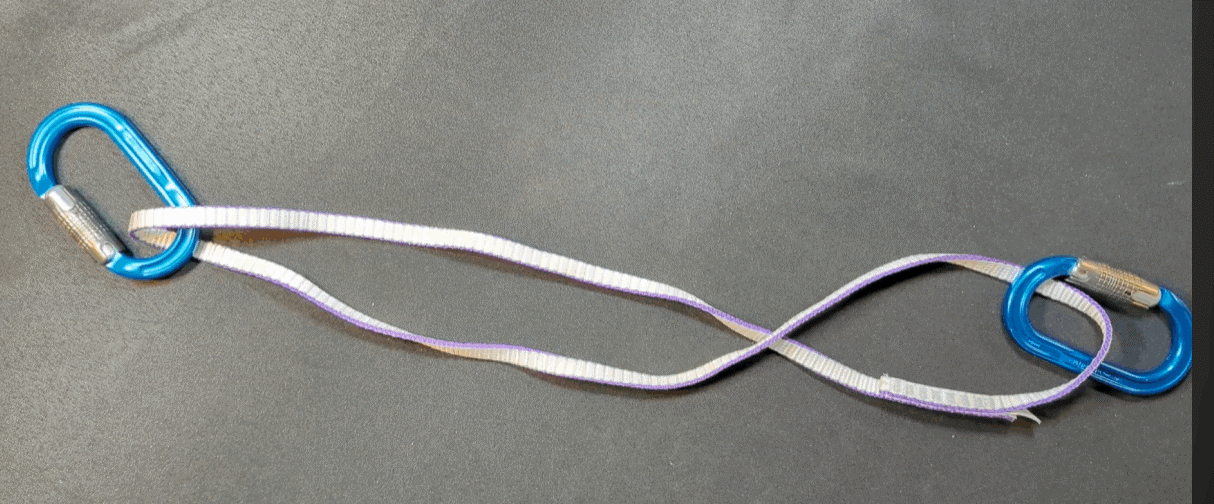
Navigation / Signals
One blow: ATTENTION — “Attention!” or “Look this Way!” Two blows: STOP — “I need to stop” or “Bring the group to a stop” Three Blows: EMERGENCY — “A paddler is in trouble” or “We have a problem”Click to see content:
Whistle Signals
Other Signals
Ok / Ok?
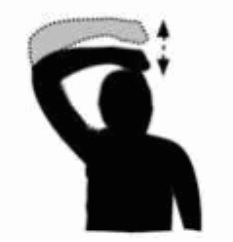
Stop - Flat Paddle
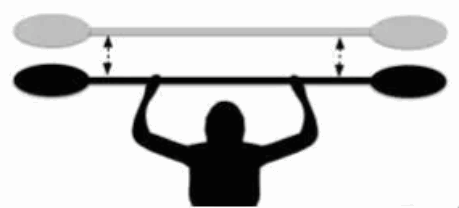
Eddy Out - Circle In The Air And Point Towards Eddy Possibility
Go Ahead - Straight Up
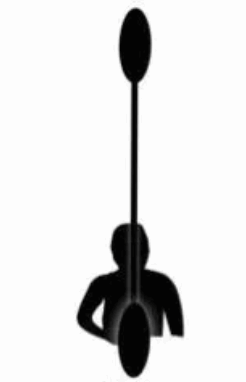
Go That Way - Always Point To Best Line
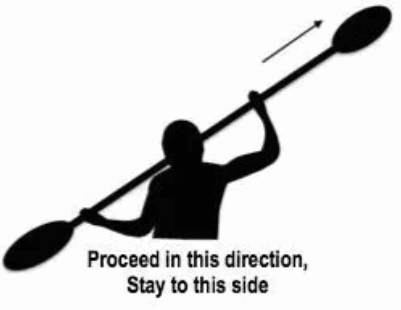
Warning / Help - Swinging Paddle Back And Forth
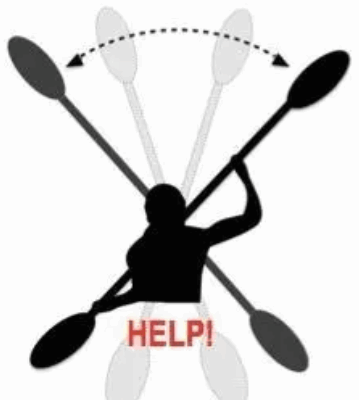
Stop and Scout
Stop and Portage
Water Reading / Hydrology
No Recirculation Or Aerated WaterClick to see content:
Green Water / Tongue / Downstream V
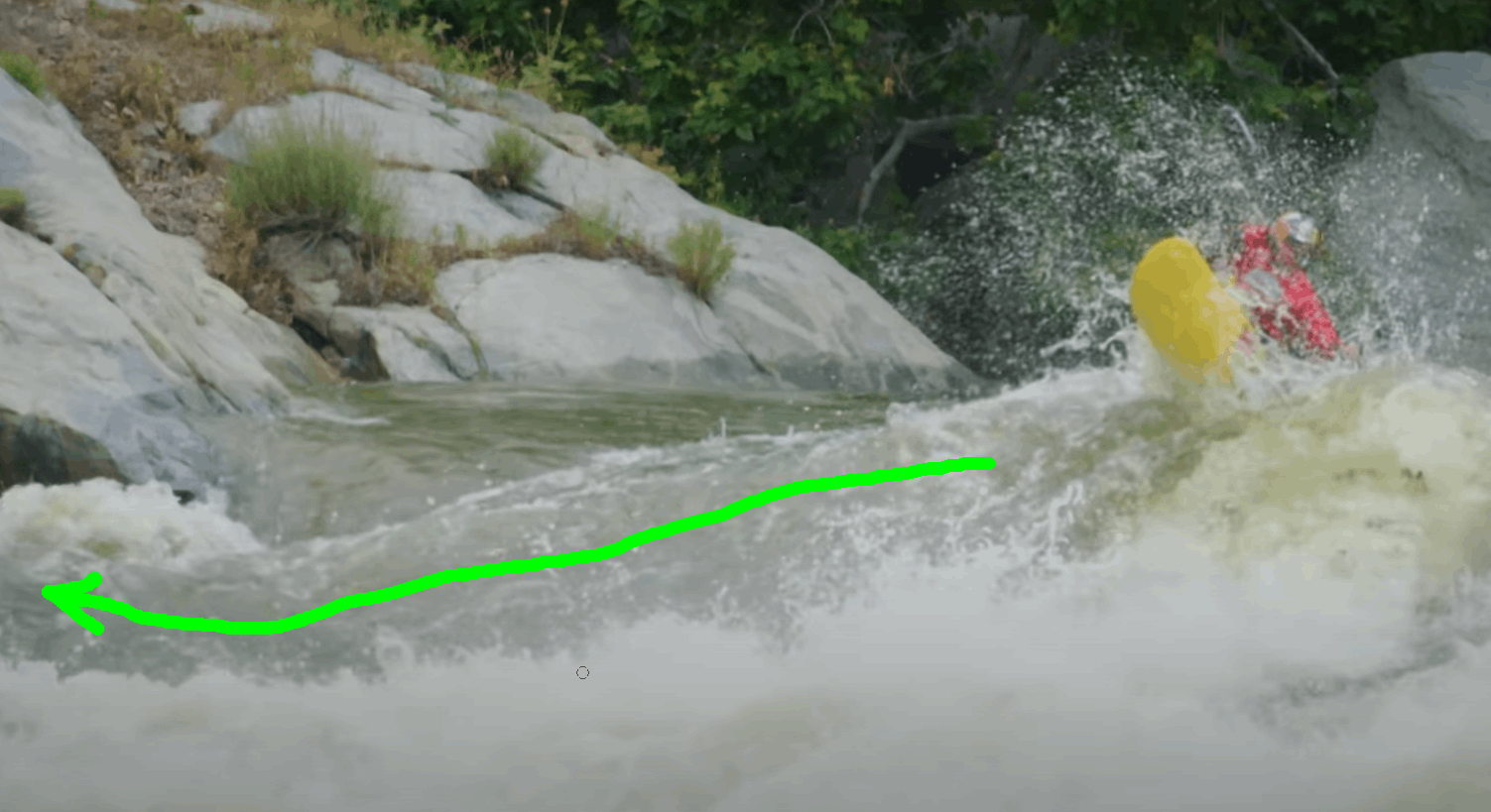
Waves
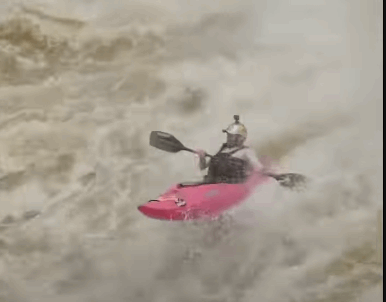 Pillows - Where Water Builds Up On Front Side
Siphon
Strainer / Sieves - Underneath Rocks / Fallen Trees
Pillows - Where Water Builds Up On Front Side
Siphon
Strainer / Sieves - Underneath Rocks / Fallen TreesDownstream V - Easier To Leave
Upstream V - Harder To Leave - Because You Cant Reach The “Corner”
Horizon Line
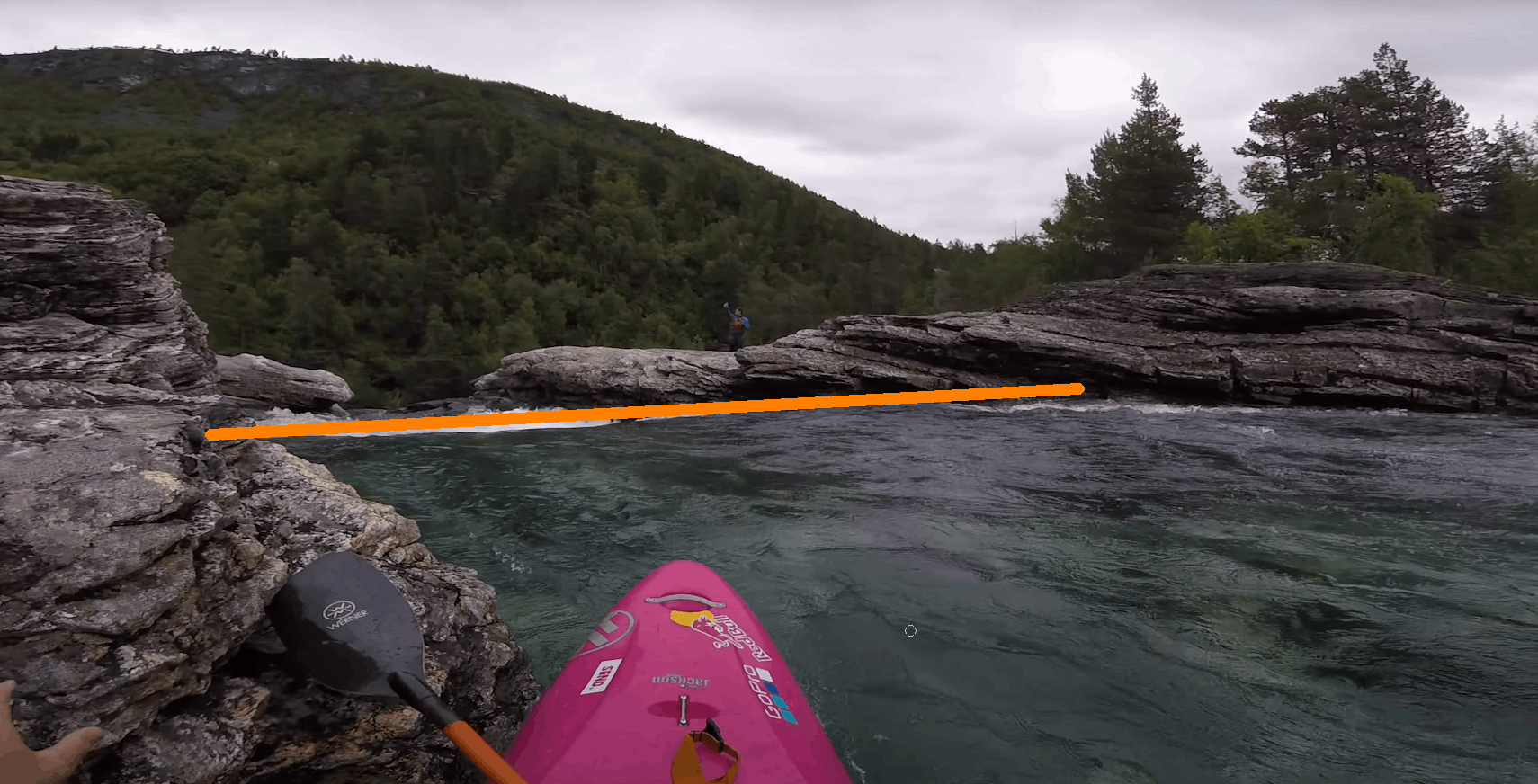
Hole / Stopper / Reversal / Hydraulic
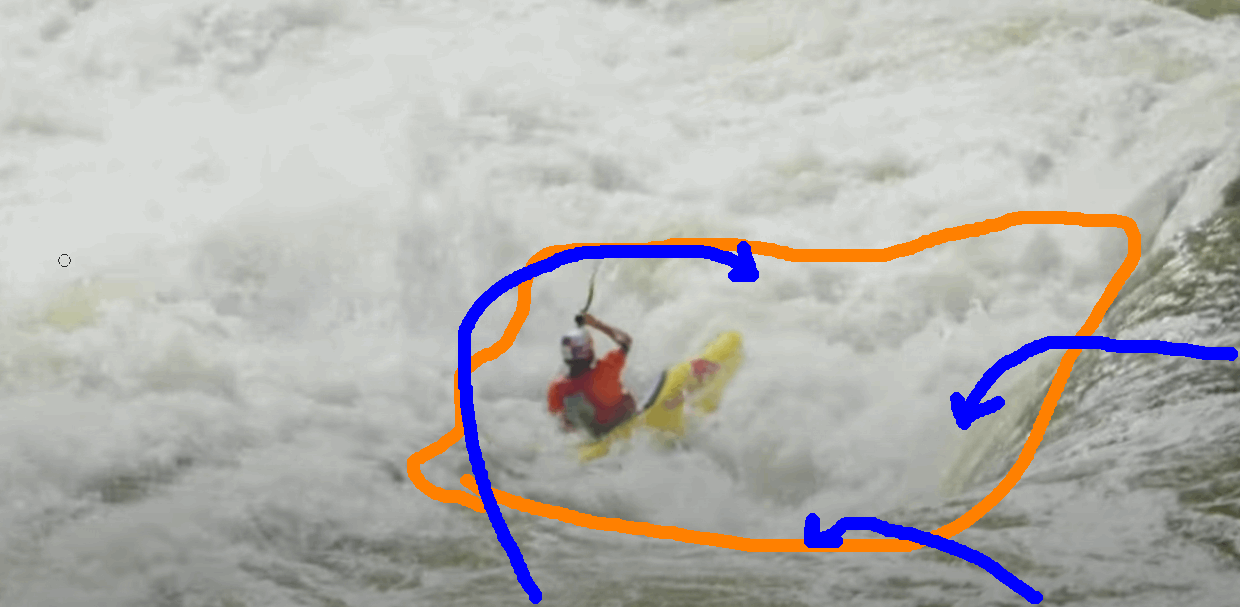
Pourover - These Are The More Dangerous Holes
Foampile
Aeration
Boilline
Recirculation
Stay Away From Holes Where Vertical Drop Reaches Bottom Of River (This Is A True Washing Machine)
Corners (The Sides Of The Hole)
Smiley
Frowny
Diagonal
If Hole Is Powerful Enough - Bodily Injury - Difficult To Control Breathing
Double-Holes - Undercut On Backside
Reactionary - Sides Of Downstream V-S - Pushes Boat Laterally
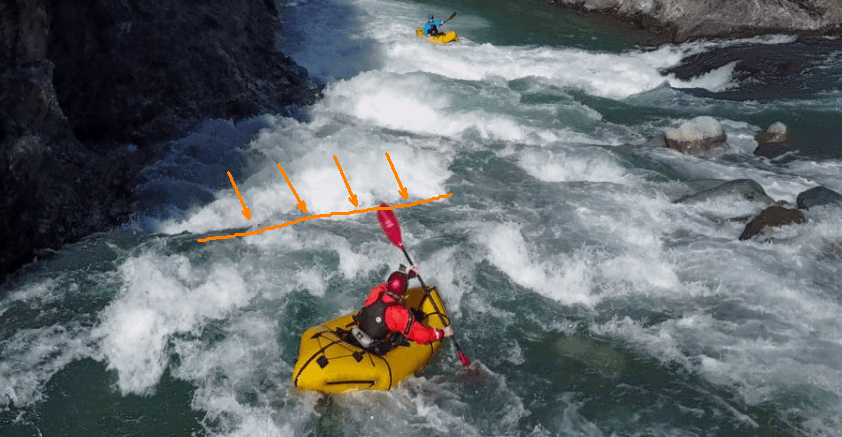
Standing Waves
Exploding Waves (Surging)
Eddies
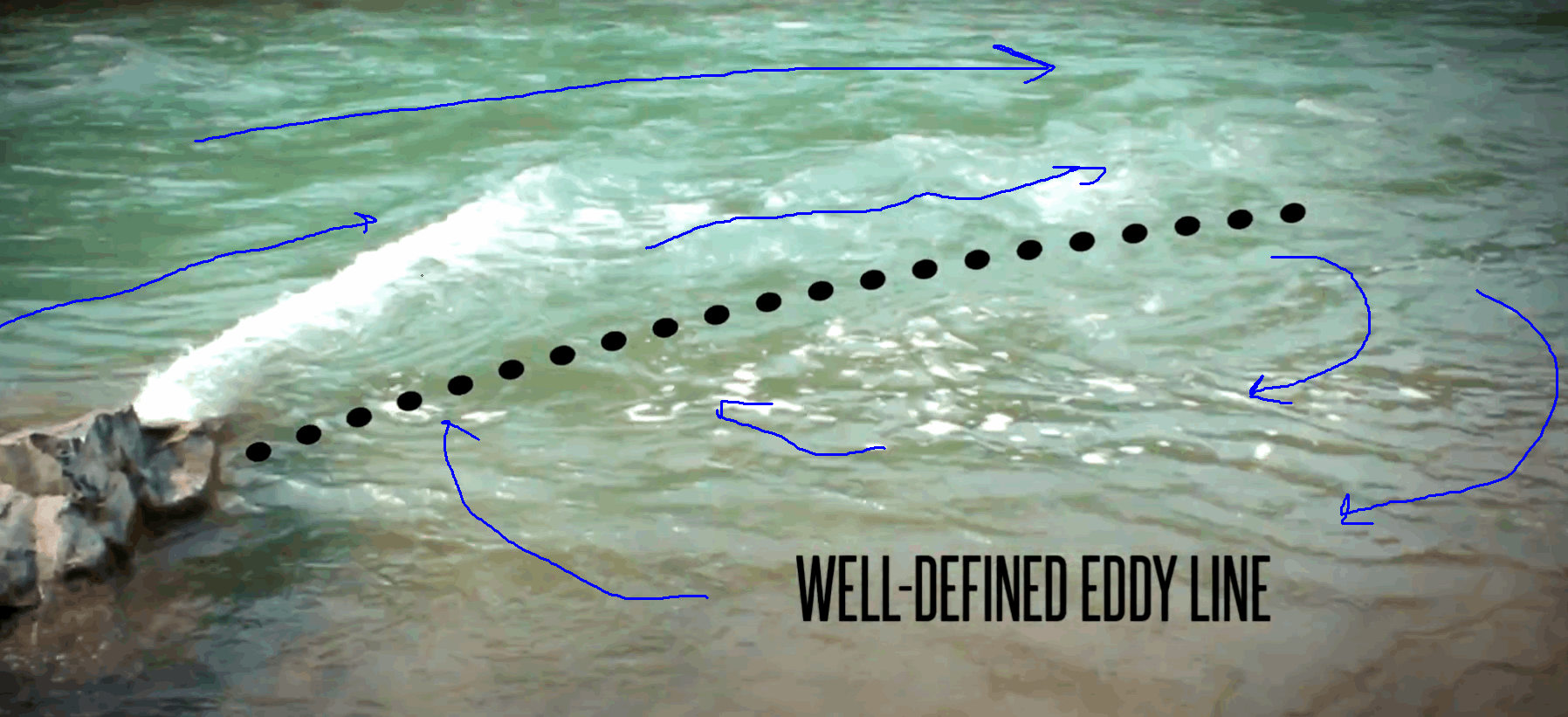
Eddy Line
Seam Line - Where Two Currents Come Back Together
Boils
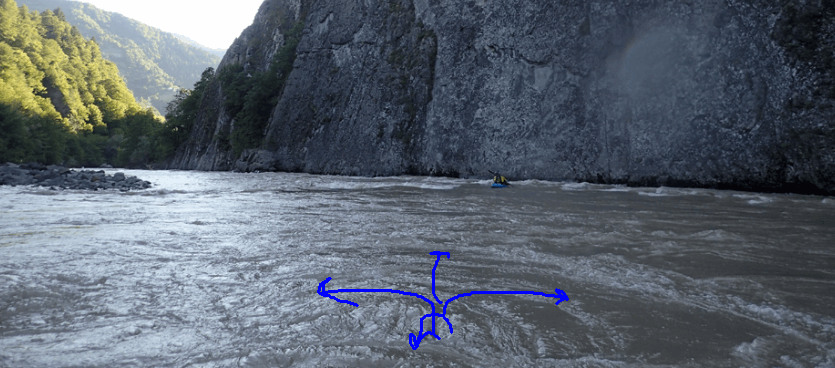
Whirlpool
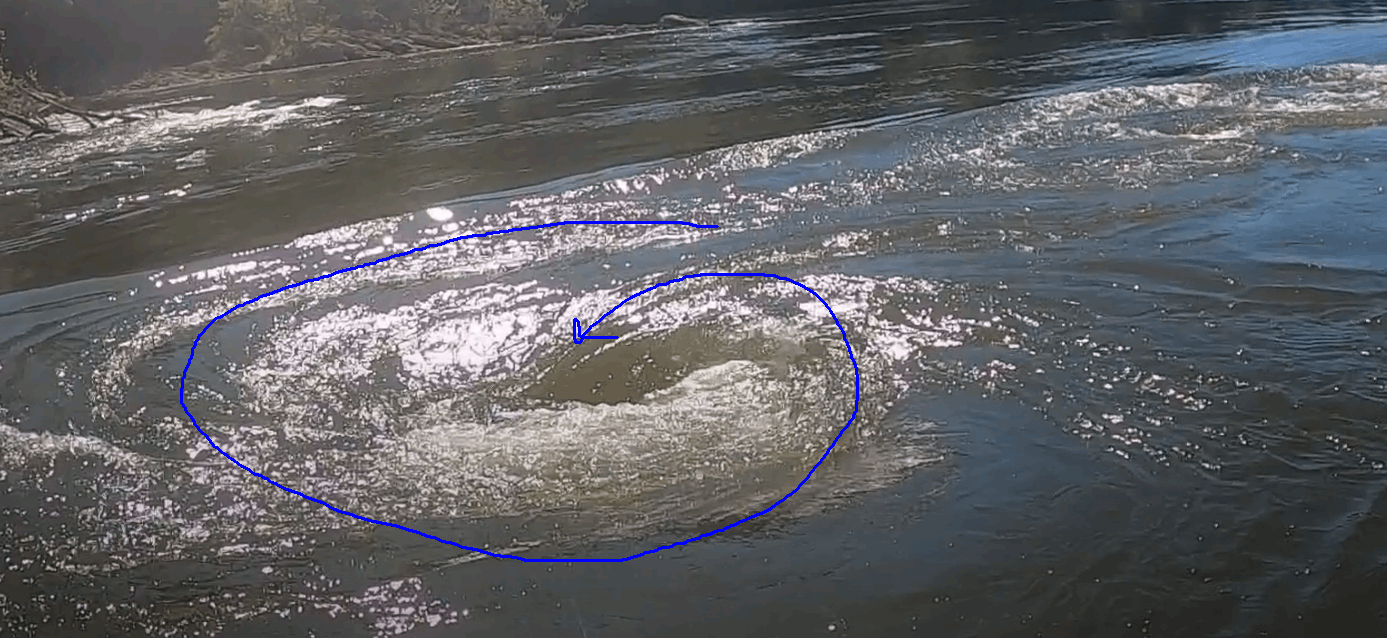
Undercut - If There Is No Pillow In A Bend Or At A Rock It Is Undercut
Broaching Rocks
Possible Pinning Locations
On Submerged Or Exposed Rock
Gear and Outfitting
Wallet / insurance card Kayak Sponge Paddle Spray Skirt Throw Rope PFD Helmet - slightly larger for balaclava to fit under Nose clamp Water earplugs Knife Waterproof phone cover Waterproof car key / cover Appropriate attire for temperature: Sturdy shoes Hot Water bottle with d-ring Safety sling / carabiners Float bags Dry bag containing: Poncho for changing Floor mat for changing into dry suit on Charged go-pro and mount For car shuttling: For afterwards: Bring some tools with : Emergency blankets First Aid kit Duct tape Split paddle food sleeping pad 2 lighters knife / axe Drone for scouting Put duct tape on the middle of your paddle to protect paddle and/or for emergencies Put hot-dog wrap on rack to protect kayaks from scratchingClick to see content:
Critical summer gear
Critical winter gear
Gear for Expedition paddling
Gear for pool sessions
Optional -
Wear Earplugs against Surfer’s Ear
Paddle Indexing - mainly on round shafted paddles
Duct tape on paddle for protection / emergencies
Hockey tape on paddle shaft to improve grip with gloves
Fluoro tape on paddle for visibility
Write your name on your gear
Making a skirt strap easier to grab - using hosing and tape
Put rubber/tape on edges of bulkhead to distribute load on boat plastic
Drysuit Care
Car
Carrying hardware
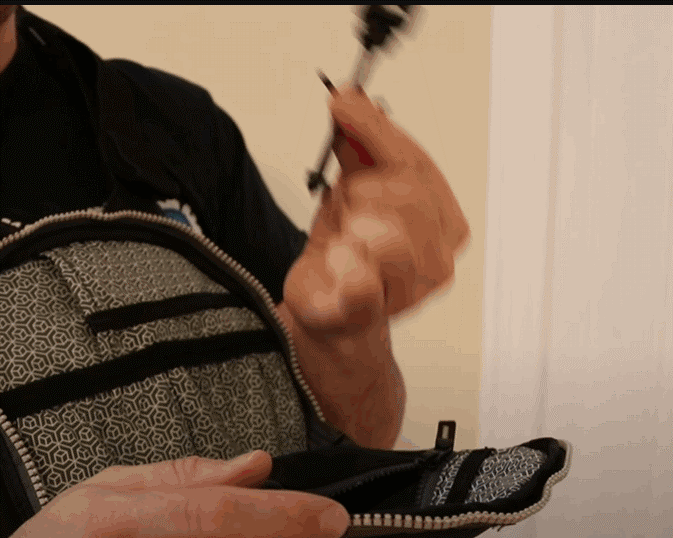
Carrying climbing nuts on carabiner
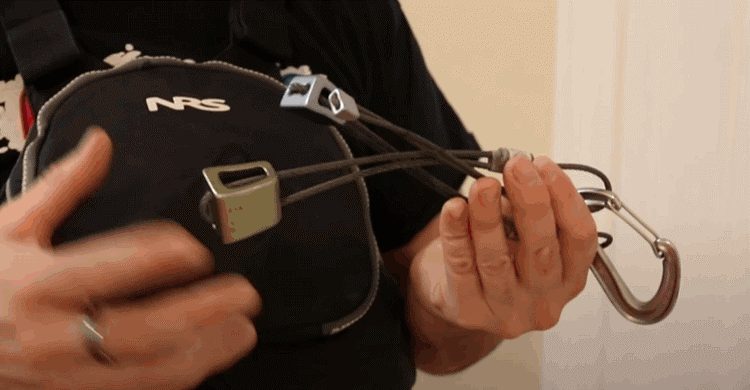
Trick for securing hip pads higher
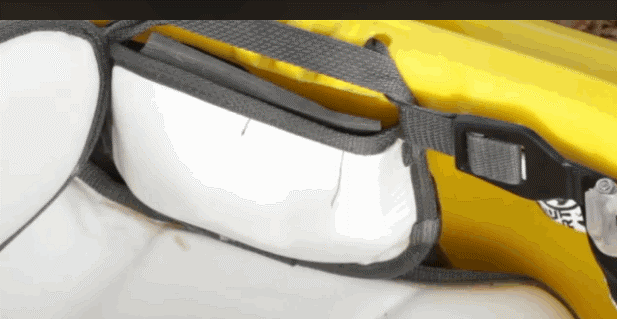
Tours
Stay far right
Depending on water level - Give rock at landing some room
Low water - Land and carve right
Stay right through the wave then cut left
Click to see content:
Whitewater I’ve Paddled
Click to see content:
North America
Europe
Tour Breakdowns
Click to see content:
Lofere Teufelschlucht (ohne Dreierkombi)
Click to see obstacles / route description:
1 - Entrance after “Dreierkombi”
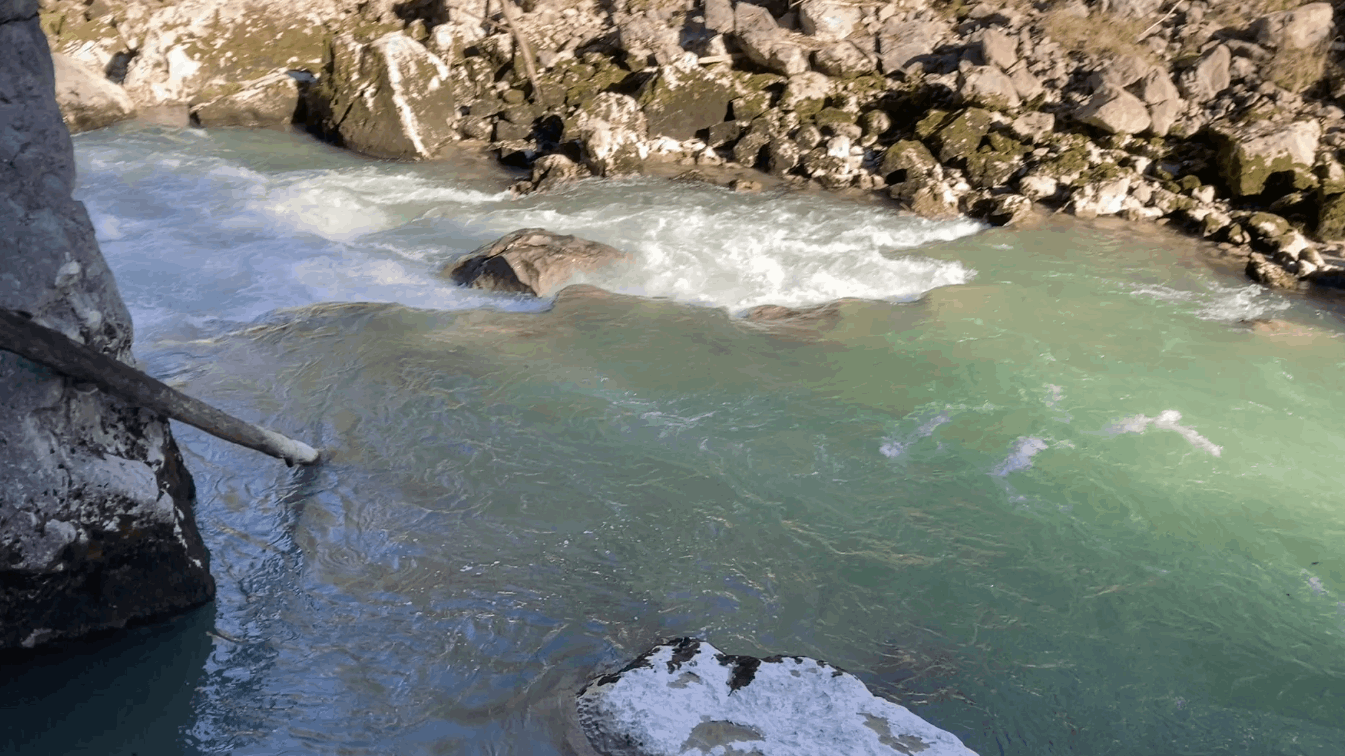
2 - Small wave
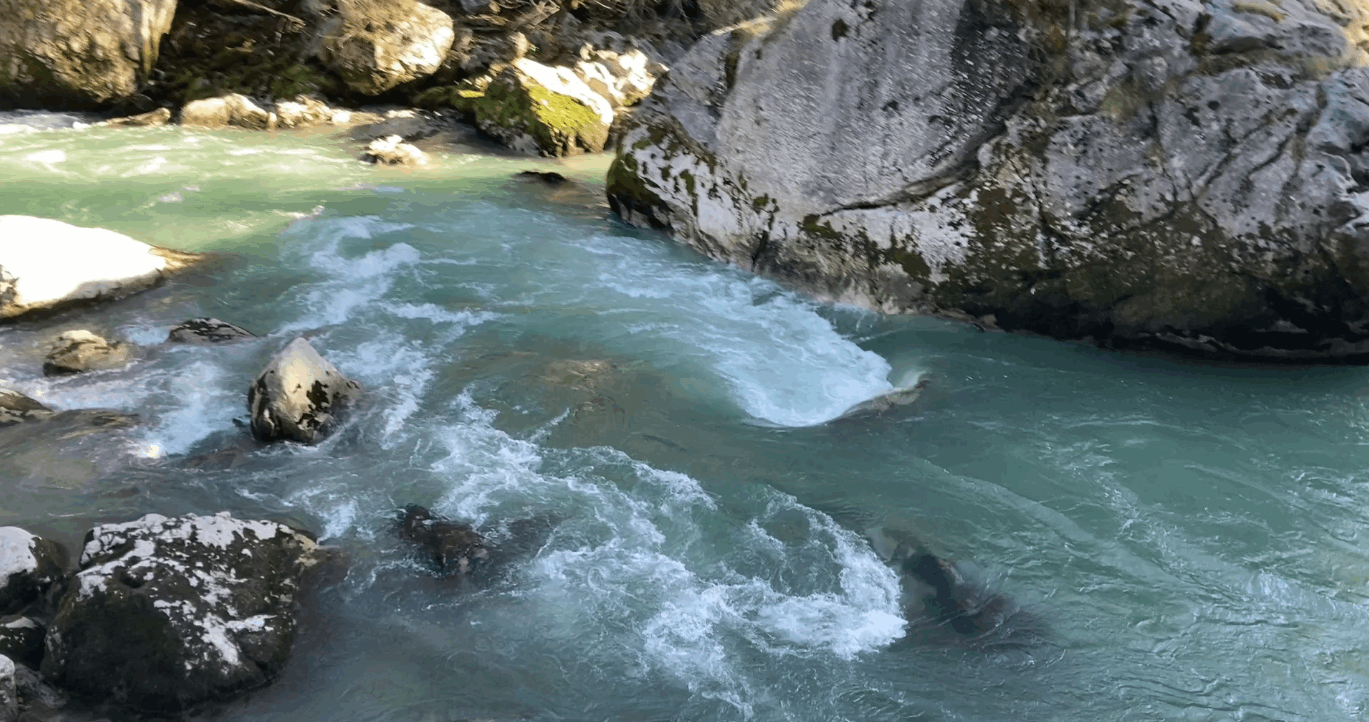
3 - Small drop
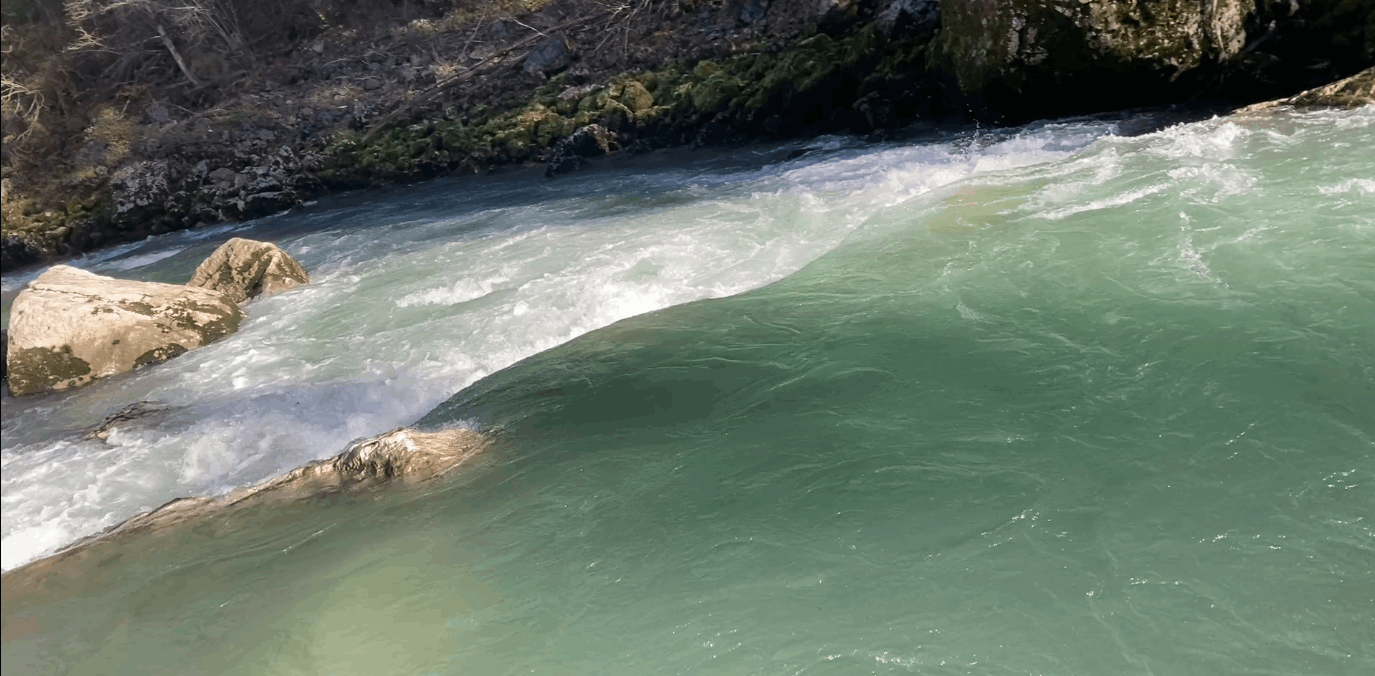
4 - Small slalom
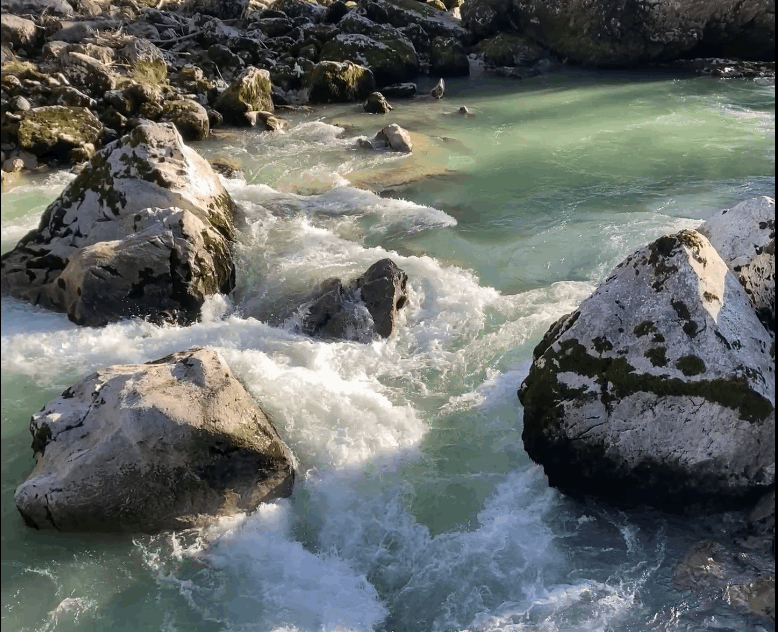
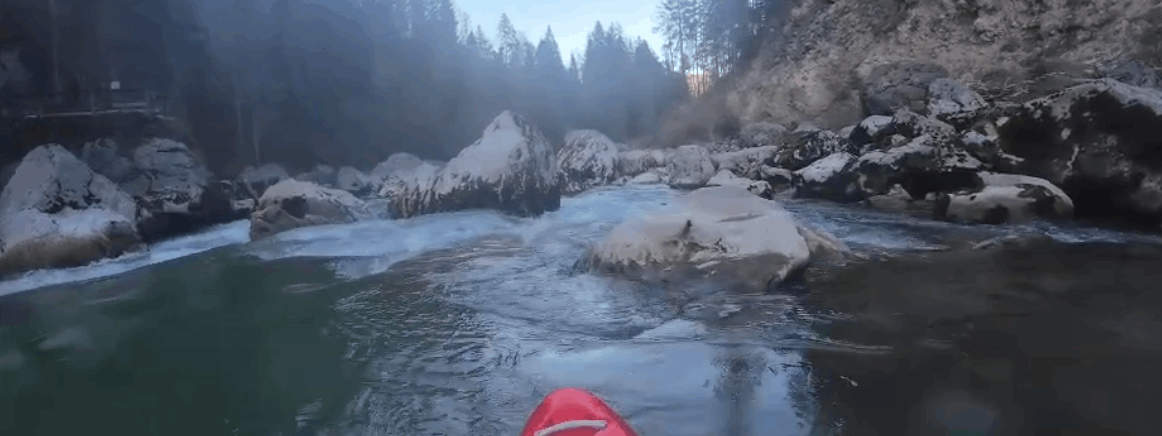
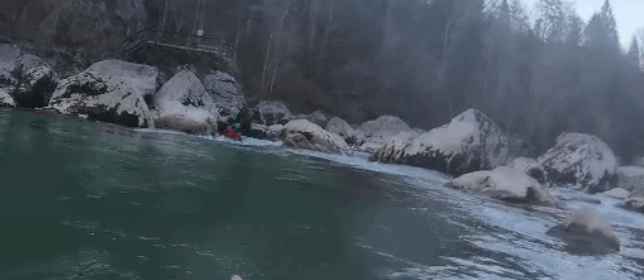
5 - Bumpy turn
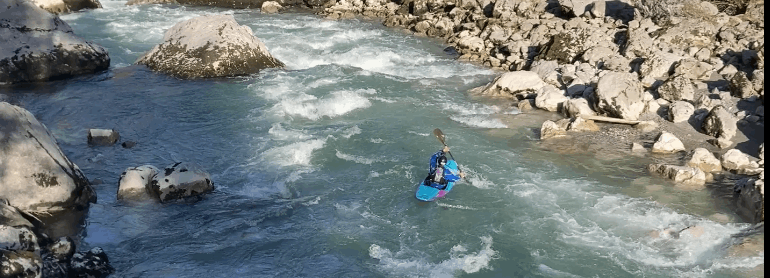
6 - Slot
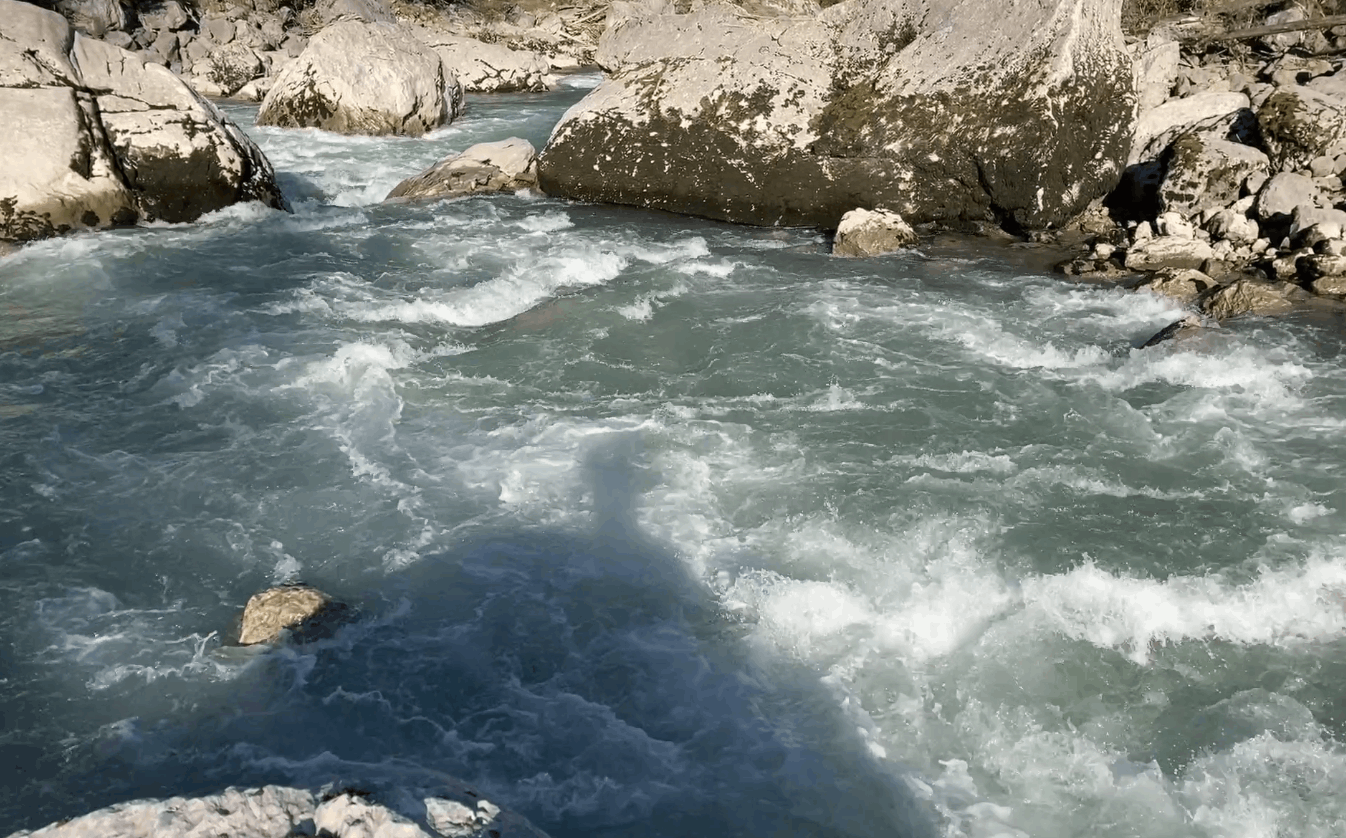
7 - Slalom
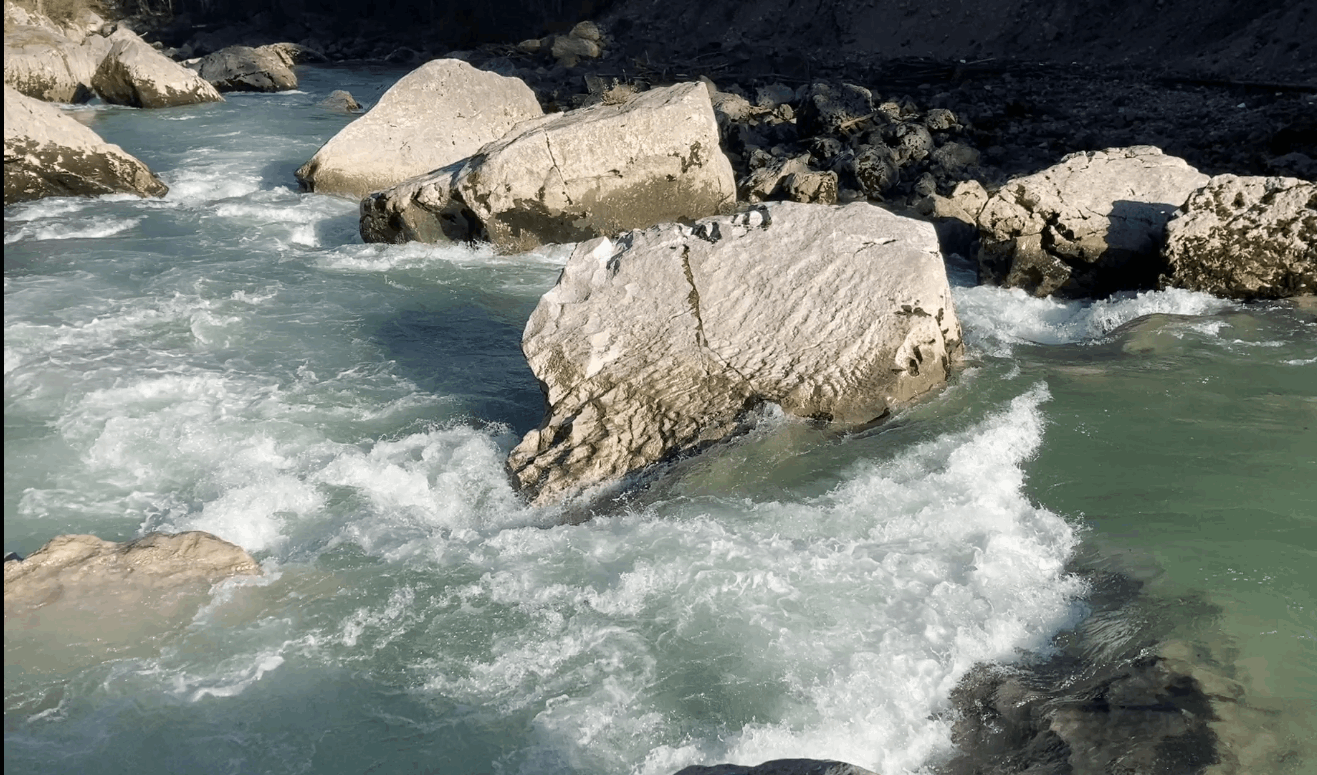
9 - Slot or slalom, bumpy turn
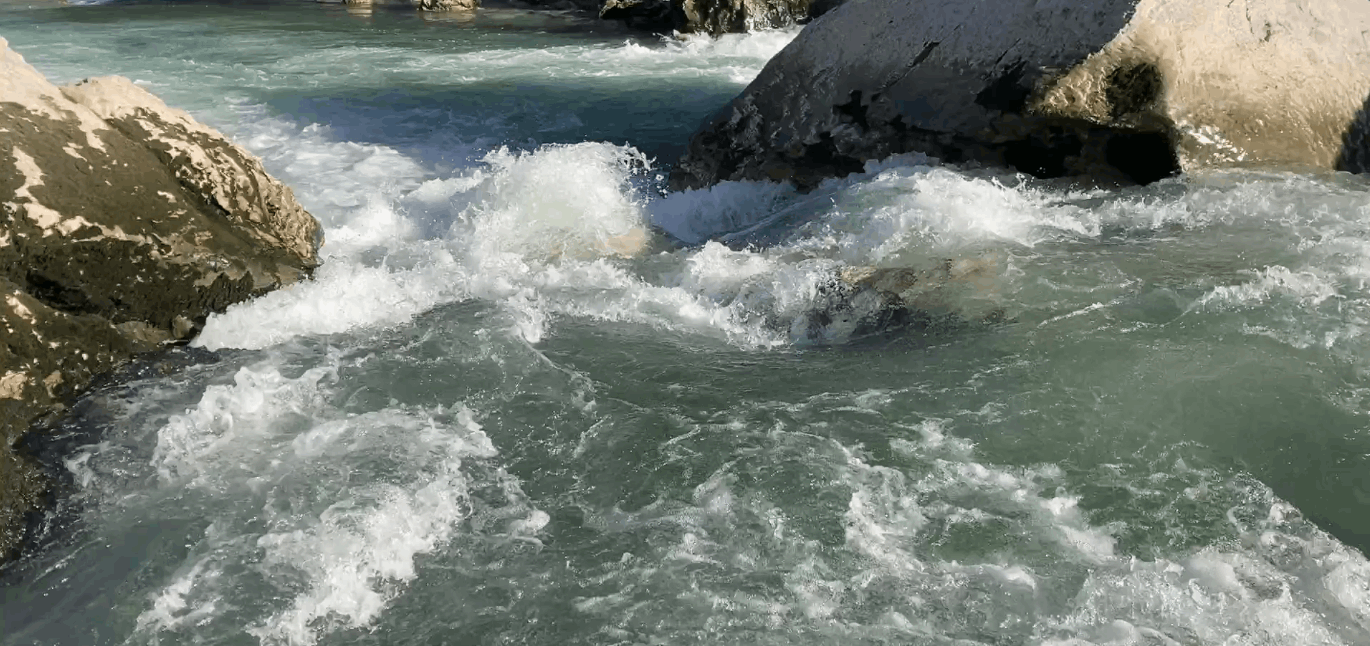
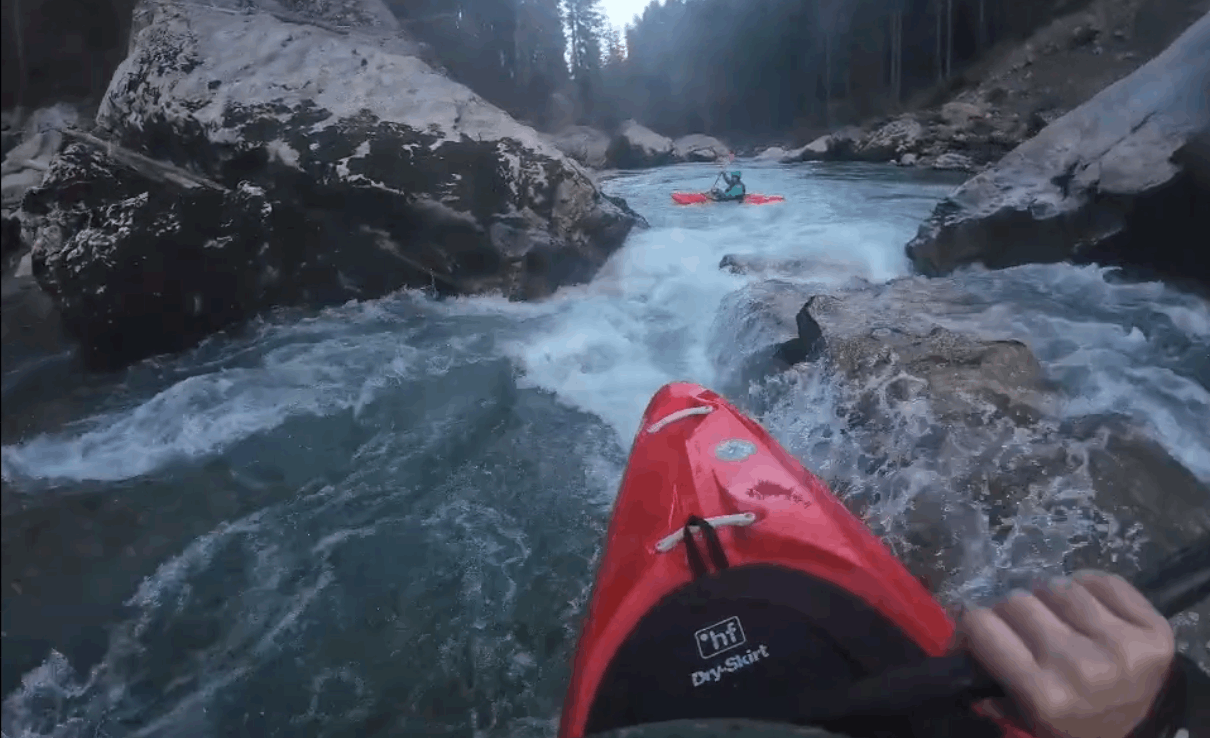 Right - Bumpy turn - cross river, then cut to inside of rock - be prepare for sidewards boof
Right - Bumpy turn - cross river, then cut to inside of rock - be prepare for sidewards boof
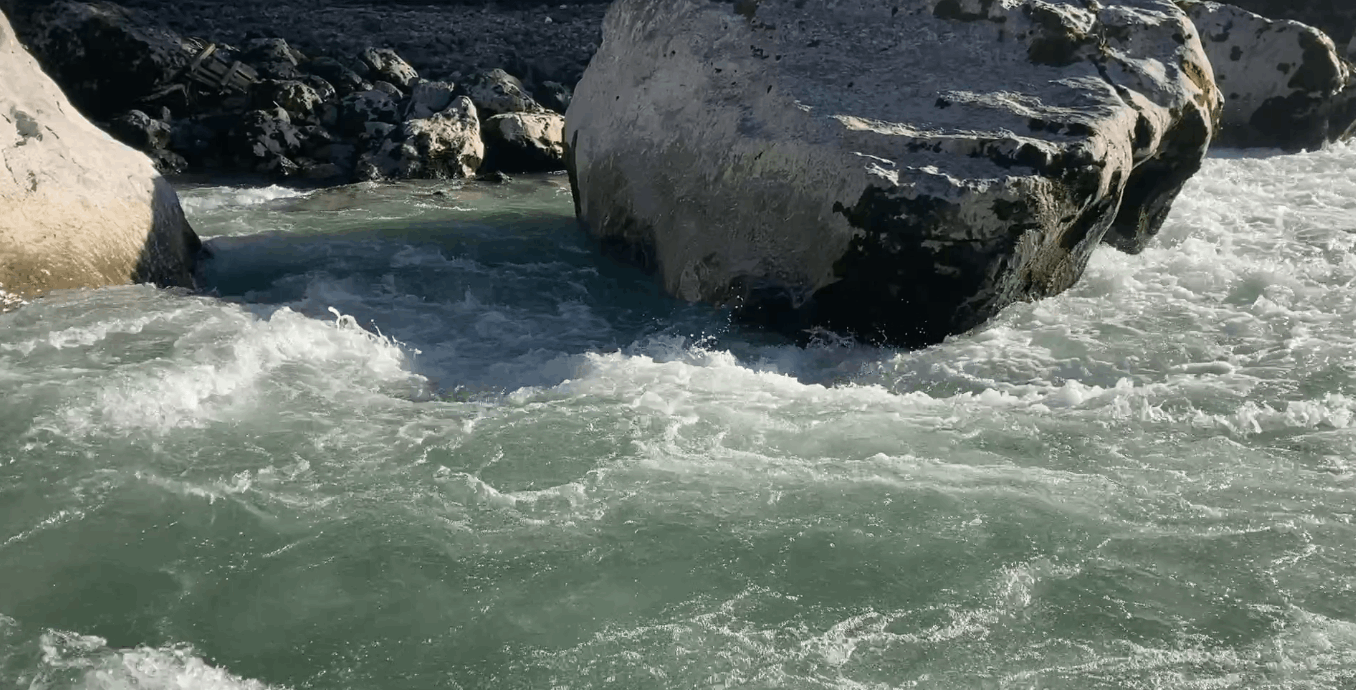
10
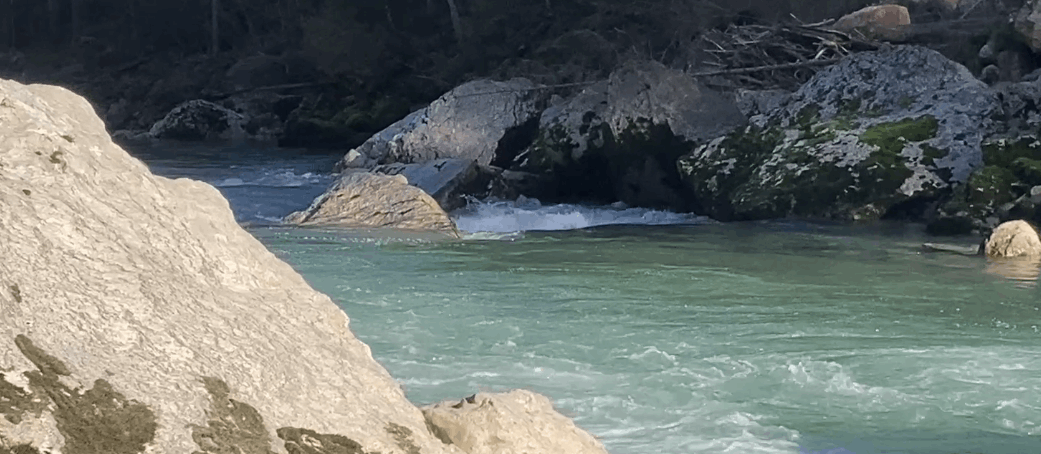
11 - Double bump drop
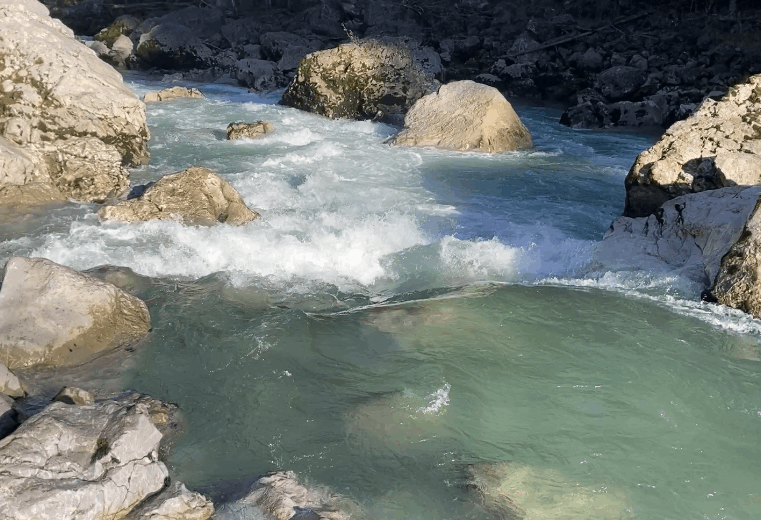
12 - Bumpy Slalom on far right
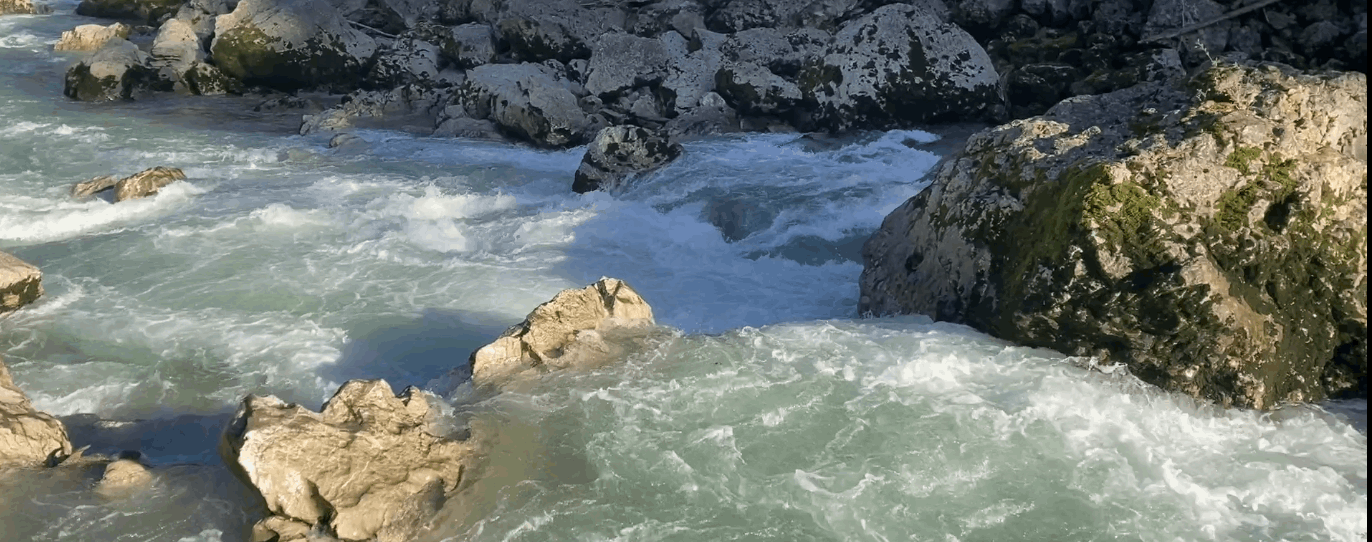
13 - Small wave, then a narrows
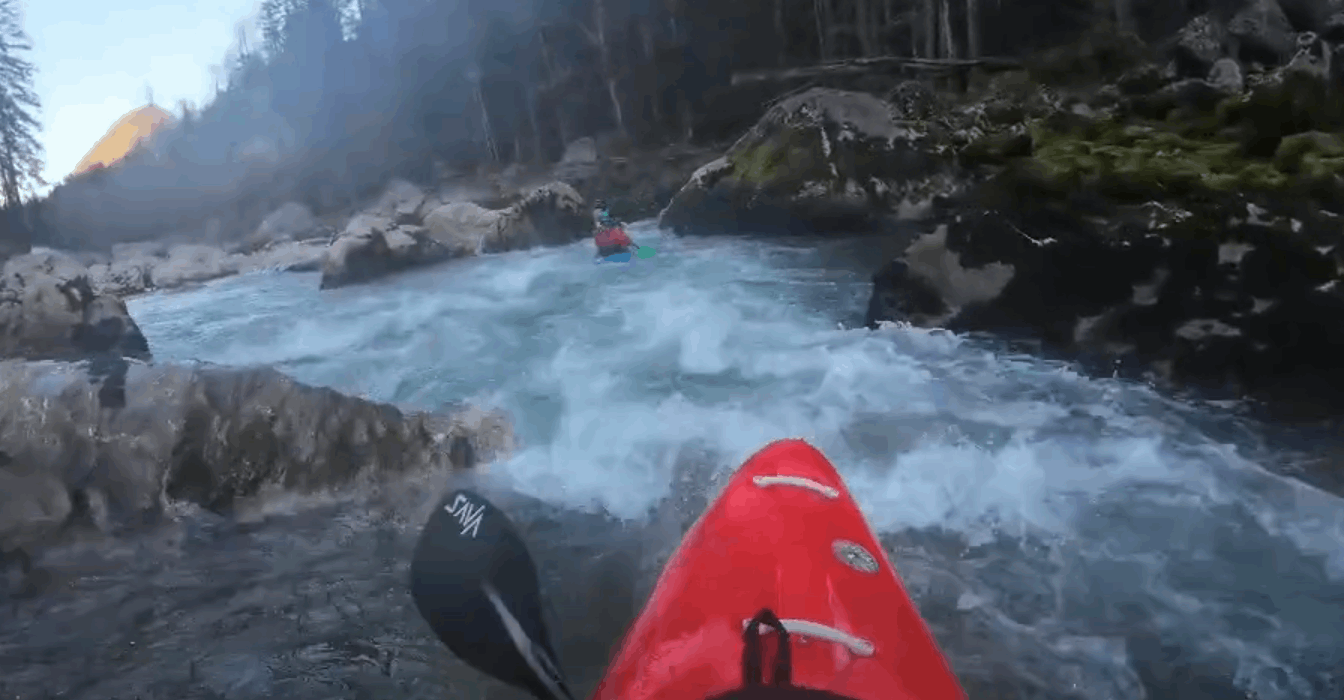
14
